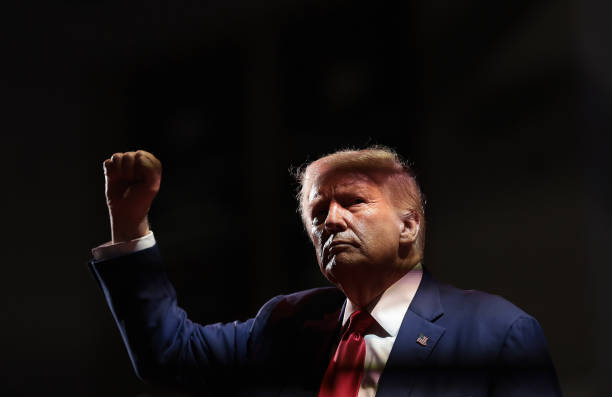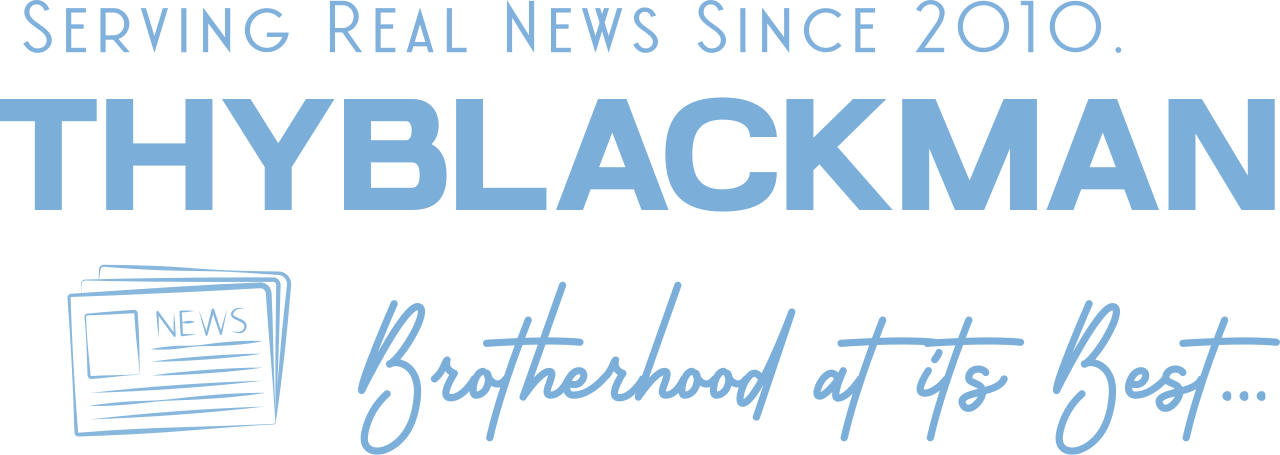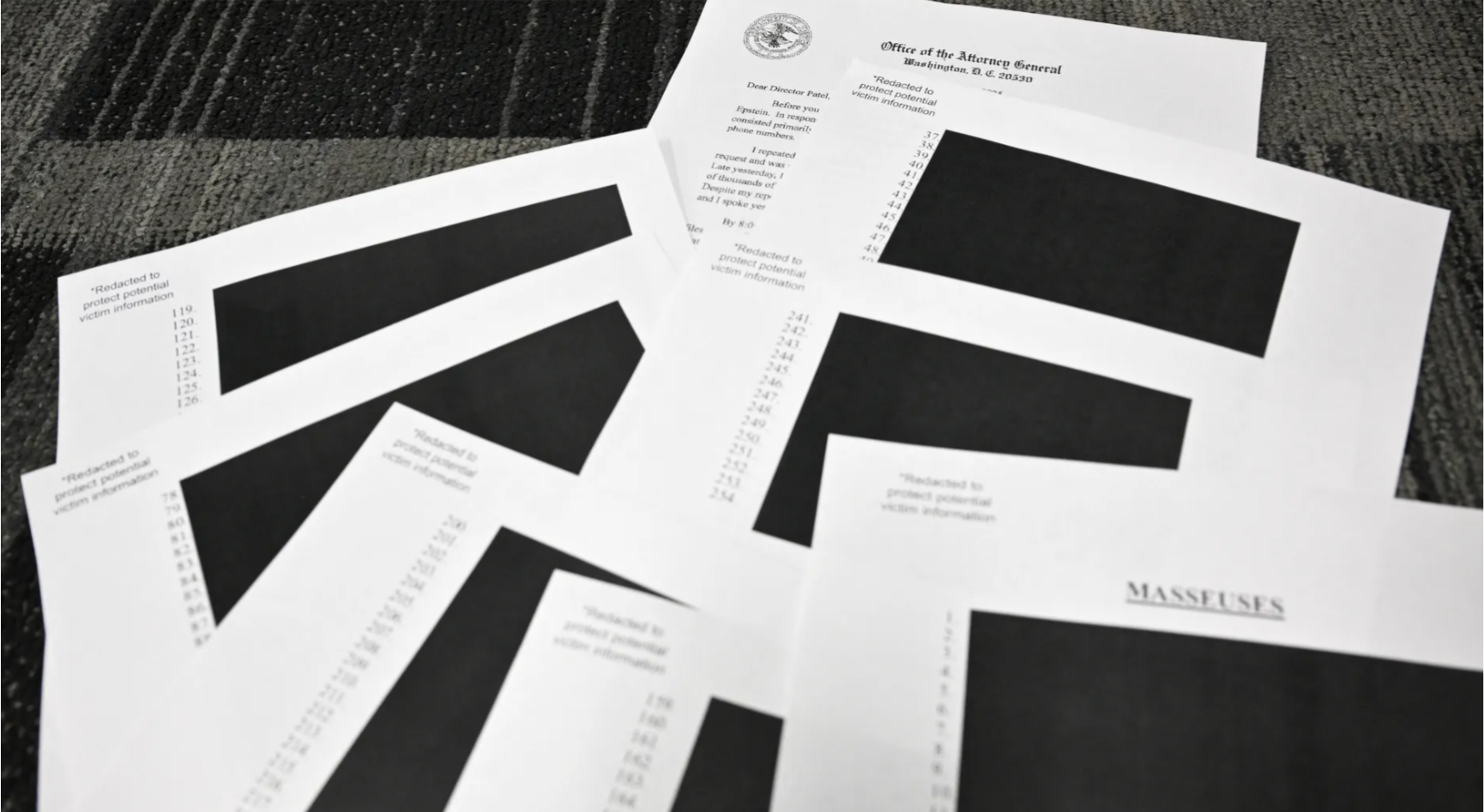(ThyBlackMan.com) The election of Donald Trump is similar to a biblical story found in 1 Samuel 8. The leaders of Israel, on behalf of the people, came to the prophet Samuel stating that they wanted a king so they could be like the other nations. In other words, so they could be ruled by a strong man. Samuel was upset to hear the leaders say they wanted a king, so he prayed about it. The Lord told Samuel, “Listen to whatever the people say to you. They have not rejected you. They have rejected me from being their king. The Lord told Samuel, to listen to the people, give them what they want, but give them a warning. “Tell them what the king who will rule over them will do.”
Samuel shared with the people what the Lord had told him about the character of the king who would rule over them. “If you have a king ruling over you, this is what he will do: He will take your sons. He will make them serve him. This king will take your daughters. Some of your daughters will make perfume. Others will cook and bake for him. He will take your best fields, vineyards, and olive groves. He will take one-tenth of your grain and grapes and give it to his high officers and staunch supporters. He will take many of the young men and women and put them in his service.” However, the people refused to listen to Samuel—they wanted a king.
And so, it was with the 2024 election, despite being warned daily through, Trump’s own words spoken in his speeches, rallies, interviews, television ads, and on social media the type of President he will be if given a second term, his supporters did not care. Regardless of many of Trump’s former cabinet members and those who worked in his administration during his first term warning that he should not be anywhere near the Whitehouse for a second term—his supporters did not care.

During the campaign, Trump said little about what he would do to help the poor, the working, or the middle class. His entire campaign was a campaign of grievances, lies, and his plans for retribution. He constantly stated that the country was a mess, he blamed many of the problems in the U.S. on immigrants.
Harris’ Plans:
In contrast to Trump, Kamala Harris, during her campaign proposed several key initiatives to support the poor, the working, and the middle class as part of her campaign. These initiatives would have clearly helped Trump supporters. Some of Harris’ significant promises were:
- Tax Relief and Support: Harris was committed to maintaining the Biden administration’s pledge not to raise taxes on anyone earning under $400,000 annually. She was planning to expand the Earned Income Tax Credit and make permanent the expanded Child Tax Credit (CTC), providing substantial financial relief to working families. The child tax credit helped drive child poverty to a record low of 5.2 percent in 2021, many of these children were children of Trump Supporters. The Republican Congress’s failure to extend the expanded CTC caused child poverty to spike in 2022. Harris also proposed new tax credits for families with a newborn?.
- Affordable Housing: Harris proposed addressing the housing crisis by building 3 million new housing units, promoting affordable rental construction, and offering tax incentives for first-time homebuyers. She also planned to expand the down payment assistance program, by providing families with a $25,000 down payment aid for their first home.
- Healthcare and Education: Harris proposed lowering prescription drug prices and canceling medical debt for qualifying Americans. On education, she advocated for affordable childcare, strengthening public education, and reducing student loan burdens, including record investments in minority-serving institutions and community colleges.?
- Workplace and Wage Improvements: Harris was planning to increase the federal minimum wage, establish paid family leave, and eliminate sub-minimum wages for tipped workers and those with disabilities. She also emphasized creating pathways for non-college graduates through apprenticeships and job training.
- Energy and Climate Goals: Harris pledged to lower household energy costs and invest in clean energy jobs while holding polluters accountable. These initiatives were designed to simultaneously protect the environment and support economic opportunities for poor, working, and middle-class families.
These 5 promises were central to Harris’ campaign focus on economic fairness and rebuilding and improving the lives of the poor, the working, and the middle class. But, Trump supporters across the nation said, “No thanks, we want Trump” – even though Trump offered them virtually nothing for their votes. Throughout the campaign, Trump amplified his grievances and fostered distrust in institutions, even when contradicted by facts or his own party’s officials.
Trump’s Plans:
During the campaign, Donald Trump proposed little or no policies to help his voters. However, he did present plans for virtually every area of the federal government that would very likely harm his supporters. Through his rally speeches and his Project 2025 ultra-conservative manifesto blueprint, Donald Trump outlined several policy priorities during his 2024 presidential campaign. Nine (9) areas where critics argue his proposals could negatively impact his own voters are:
- Social Programs: Proposals to reduce funding for Medicaid, Social Security, and other safety net programs could disproportionately affect lower-income and elderly voters, including many in rural areas who supported Trump. Trump has suggested potential cuts to entitlement programs. Reductions in these programs could disproportionately harm older Americans, a key demographic among his supporters. Proposals to reform entitlement programs like Social Security and Medicaid could disproportionately impact elderly or lower-income voters who depend on these programs.
- Tax Policy: While Trump has promised tax cuts, critics argue that benefits could skew heavily toward the wealthy and corporations, potentially increasing income inequality. Poor, working, and middle-class voters may see fewer benefits. Critics claim that Trump’s tax proposals could increase income inequality, leaving middle, working-class, and poor supporters with minimal relief. Tax reforms like his 2017 Tax Cuts and Jobs Act provided significant benefits to corporations and the wealthy, but middle-class, working-class, and poor Americans saw little benefits.
- Healthcare: Repealing or weakening parts of the Affordable Care Act could lead to higher premiums or loss of coverage for some voters, particularly in rural areas with limited healthcare access. Insufficient resources for combating the opioid crisis, which heavily affects rural areas, could fail to address a key issue of his voter base. Trump has consistently expressed a desire to repeal the Affordable Care Act (ACA)—even though he never presented a plan to replace it. He admitted that he only has a “concept of a plan”. Critics argue that repealing the ACA could lead to higher healthcare costs or loss of insurance coverage for millions, particularly in rural areas or among lower-income voters who rely on ACA subsidies.
- Trade and Tariffs: Tariffs on foreign goods, a hallmark of Trump’s economic policies, could lead to higher consumer prices. Farmers and manufacturers reliant on export markets may face economic challenges if other countries retaliate with tariffs on American goods. Policies like tariffs on Chinese goods or withdrawal from trade agreements can lead to a trade war which will result in higher costs for goods and create an economic strain on agricultural sectors, which are heavily concentrated in Trump-supporting regions. These disruptions to trade could harm long-term agricultural markets.
- Climate, Environment, and Deregulations: Rolling back environmental regulations could have long-term health and economic impacts, particularly in communities affected by pollution or climate-related disasters. Rolling back environmental protections may benefit industries like oil and gas in the short term but could harm public health in communities dealing with pollution or climate-related disasters, which often include rural, poor, and working-class areas. While deregulation can boost industries like coal, oil, and gas in the short term, it may harm communities dependent on clean water, air, and sustainable jobs in the long term. Trump’s refusal to take seriously climate change could also exacerbate the frequency and severity of natural disasters, disproportionately affecting rural and lower-income areas.
- Labor and Immigration: Policies to limit immigration may affect industries like agriculture, construction, and hospitality that rely on immigrant labor, potentially driving up costs for businesses and consumers and leading to labor shortages. While many of Trump’s supporters favor stricter immigration policies, industries like agriculture, construction, and hospitality—where many of his Hispanic voters work—rely on immigrant labor. Crackdowns could unintentionally harm these sectors.
- Economic Issues: Trump plans to go after unions and he appears to be resistant to raising the minimum wage. Policies that reduce union protections could harm workers in manufacturing and other industries that rely on collective bargaining, particularly in Rust Belt states. Trump’s unclear position on raising the federal minimum wage could continue to impact his low-income supporters.
- Infrastructure: If Trump neglects to follow through on President Biden’s bipartisan infrastructure law that is delivering billions to rural communities across the country to create economic opportunities, his supporters in rural communities may continue to struggle with poor roads and bridges, broadband access, and public services such as: modern wastewater systems, clean drinking water, reliable and affordable electricity, and good-paying jobs in small towns and rural communities. Also, the funding to improve infrastructure may be shifted onto individuals, potentially burdening lower-income households with higher local taxes to repair roads, bridges, and water systems in their towns.
- Privatization of Public Education: Trump is pushing to end the Department of Education and transfer more federal education dollars into charter schools and voucher programs which will give more public tax dollars to private, and church-affiliated schools. Ending the Department of Education will also mean the elimination of Project Head Start, one of America’s most successful federal programs. This program is designed to provide quality childcare for young children and prepare them for the first grade. Many poor, working-class, and rural families depend on Head Start to defray the cost of childcare for working parents. Also without the Department of Education’s supervision, poor, working-class, and middle-class families may not be able to receive funding to send their child to college.
Each of the nine areas listed above is aligned with Trump’s broader policy goals to transform America, but could have ripple effects that disproportionately harm his voter base. If Trump’s campaign promises are implemented, they will have real-world impacts. These policies may be okay with some of Trump’s voters, but many will feel the economic or social repercussions and these policies will result in the elimination of many successful and vital federal programs that Trump supporters daily depend on.
Not A Surprise:
None of what Trump will do with, or to, the country is a surprise. He made it very clear throughout the campaign what he plans to do if re-elected. But like Samuel told the people what would happen to them if they selected a king (1 Samuel 8), more than 50% of the voters of America said the same thing that the people said to Samuel, “We don’t care what he will do to us—we want a King!”
RJW is a retired Professor of Education. He is a prolific writer and the author of 12 Characteristics of an Effective Teacher.

















Well written article but it completely misses the mark when it comes to reality.
#1) There is no comparison to what happened with Trump and Harris in terms of what they offered American voters during the presidential election and talking points surrounding Harris’ and Trump’s proposals with the Book of Samuel. It’s just not. Trump did not run to be the king of the United States, he ran to be president, and his powers should in no way be compared to that of a king during the time Samuel was a prophet.
#2) Harris did not offer solutions to what American voters saw as issues. She did not come close and that’s why voters rejected her. Here is the deal – American workers and voters want three major problems, addressed and solved. Given, while there are other issues, the following issues are continually and repeatedly in the forefront. Remember, when Trump came down the escalator in New York city in 2015 and in his stump speeches, these issues were always out front and foremost. They are economic immigration, exportation of good paying middle-class Jobs to foreign nations, combined with the issue of “what is the real, true and actual state of our economy. Biden and Harris had 4 years to address these issues, and Biden as President refused to address them – putting emphasis on “refused.” Thus, they were summarily voted out of office by a grifter, and a racist as many like to say.”
#3) This is the one most people miss, and it is because Democrats worked hard at hiding this problem. We do not have a 4.2% unemployment Job rate economy (November’s reported rate), which is essentially a full employment economy. Instead, as established by the Bureau of Labor Statistics economists, we have a 7.8% comprehensive unemployment rate economy for November, with a black unemployment rate 2.7% higher over the rate of 7.8%, standing at 10.5%. Every day working-class Americans are actually living in and experiencing a 7.8% unemployment rate and Harris and Biden were telling us, it is a full employment economy. As former President Reagan said as quoted by Biden himself, “Facts are stubborn things!!” If you read the following piece and click on the links in the piece, you will find that Biden and Harris are underreporting our unemployment rates leading to hiding our layoffs. https://thyblackman.com/2024/08/18/kamala-harris-economic-policy-the-truth-behind-undercounting-unemployment-rates/
In conclusion, American voters are some of the wisest people in the world. Will Trump do ALL of what he says he is going to do – I doubt it. But here is what Americans rejected, when it came to Biden and Harris, is indifference to the issues they were most concerned about.
Literally, the message the current Democratic party is sending us right now regardless of their accomplishments is this, “We Democrats, are underreporting ALL working-class Americans unemployment rates, which is to their disadvantage, and we will persist in supporting underreporting their unemployment rates, as we permitted the entry of millions of economic immigrants to cross our borders and compete with working-class Americans for Jobs.” Trump capitalized and won the presidency and continues to win as a result of that message. It is a terribly flawed and dumb policy and message which the Democratic party leadership, and Joe Biden thus far, and even to this day refuse to change.